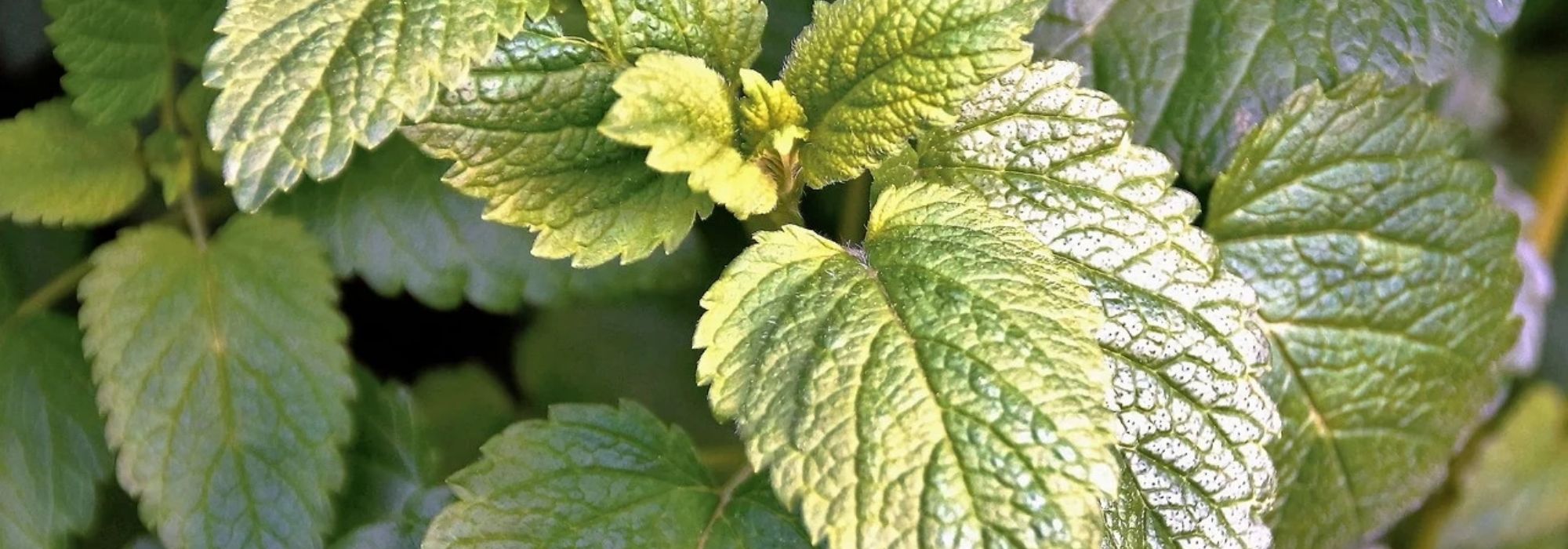
How to dry lemon balm leaves?
4 techniques to preserve their flavour and benefits
Contents
Perennial aromatic and medicinal plant, lemon balm is known for its soothing properties. A cousin of mint and thyme, it can be grown in all types of soil, even the most rocky and poor. Exuberant, it offers lush foliage of a lovely fresh green that disappears in winter, only to return in spring.
To the most common species, Lemon Balm, there is a subspecies with the same properties, but emitting an orange scent and a mandarin flavour: the Melissa officinalis ssp. altissima. Not to mention Melissa officinalis Aurea, with its intense lemony fragrance and variegated green and gold foliage, a true bright touch in the garden or on the balcony.
Whatever the variety of lemon balm chosen, the growing and harvesting conditions, as well as the drying techniques and benefits, remain the same.
When to harvest lemon balm?
Easy to grow, Lemon Balm thrives effortlessly in all regions of France. Ideally, it should be planted between February and April in a slightly shaded spot that receives good sunlight. It can be cultivated in the vegetable garden alongside other herbs and medicinal plants such as sage or lemon verbena.
Whether in a pot or in the ground, the harvest of lemon balm takes place before flowering, either in the morning after the dew has evaporated or in the late afternoon. Simply place the fresh leaves, cut with scissors or pruning shears, into a basket, bowl, or bag. It is also possible to harvest it at the end of summer when the stems begin to dry naturally, again before the morning dew.
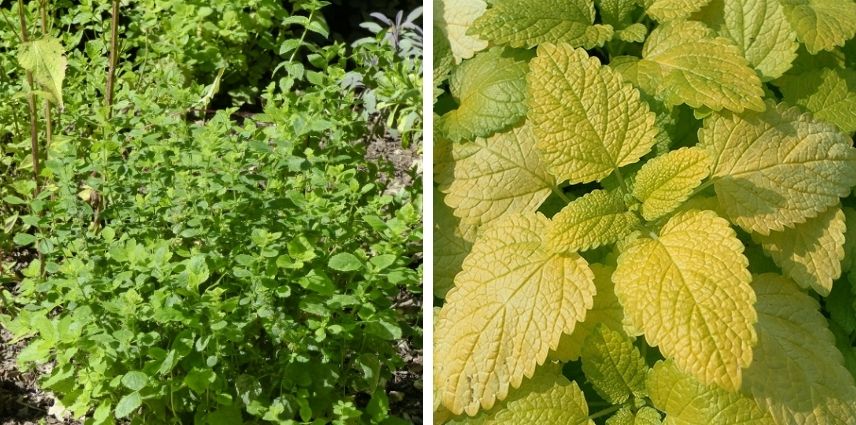
⇒ Discover everything you need to know about the cultivation of lemon balm.
Read also
Lemon balm: sowing, planting, growingWhat techniques can be used to dry leaves?
To enjoy its soothing properties throughout the year, you can dry lemon balm leaves and thus retain all their qualities without losing their lemony scent. Indeed, dehydration extends the shelf life of the plant while preserving its nutrients and flavour.
There are several possible techniques for this:
- Sun Drying
This drying technique for lemon balm requires certain weather conditions: it can only be done in fine weather with an outdoor temperature of 30°C or higher. If this is the case, cut whole stems of lemon balm before flowering, rinse them in cold water, dry them on a paper towel, and spread them on a grid covered with a transparent mosquito net. Then, turn the stems once a day and bring the grid inside every evening. After 2 to 6 days of drying (depending on the humidity level, the water content of the lemon balm, and the outdoor temperature), simply detach the leaves and store them in an airtight container.
- Bundle Drying
Immediately after harvesting the leaves, make bundles of 5 to 10 stems without crushing them and hang them upside down in a dark, well-ventilated area where the temperature does not exceed 25°C. This process will take one to three weeks before you can detach the leaves and place them in an airtight container.
- Oven Drying
Whole stems of lemon balm should be cut at the base of the plant before flowering, rinsed in cold water, and placed on a paper towel. They should then be spread on parchment paper and placed on a tray. After preheating the oven to 90°C for 20 minutes, turn it off and insert the tray, allowing the leaves to dry for 1 hour before detaching them and storing them in an airtight container. Note that if the lemon balm is still damp after 60 minutes in the turned-off oven, repeat the process as many times as necessary: preheat the oven, turn it off, and slide the tray in for 1 hour.
- Dehydrator Drying
After cutting, rinsing the lemon balm stems in cold water, and allowing them to dry, simply place them on the trays of the dehydrator, set the temperature to 35°C, and let it run for 12 to 18 hours before detaching the leaves and storing them in an airtight container.
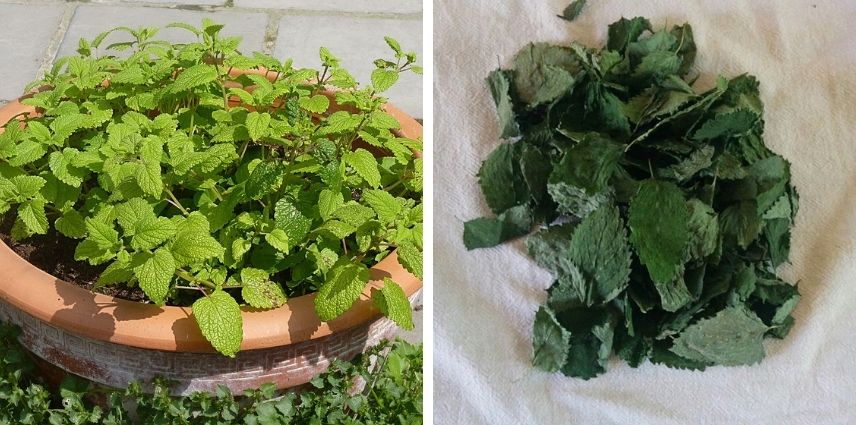
Discover other Lemon balm
View all →Available in 1 sizes
Available in 1 sizes
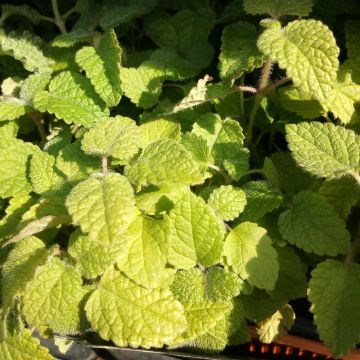
Available in 1 sizes
Available in 1 sizes
Available in 1 sizes
Available in 1 sizes
Available in 1 sizes
Available in 1 sizes
Available in 1 sizes
How to use them?
Lemon balm is known for its medicinal properties. Dried leaves are used throughout the year, mainly in herbal teas and infusions, to combat various ailments:
- Sleep disorders: insomnia or stress
Boil 250 ml of water, then let one tablespoon of leaves infuse off the heat for 10 minutes. Once strained, the brew should be consumed before bedtime.
- Digestive issues: stomach aches in both children and adults
Boil 1 litre of water, then let 20 to 25 grams of leaves infuse off the heat for 5 to 8 minutes. Once strained, the brew can be kept in a thermos and should be consumed 3 to 4 times a day until improvement is observed.
- Painful acid reflux
Place 5 to 6 lemon balm leaves in 1 litre of water, then bring to a boil, cover, and let infuse off the heat for 10 minutes. Once strained, the brew should be consumed several times a day until improvement is observed.
- Heart palpitations with digestive spasms and significant nervousness
Boil 1 litre of water, then let about fifteen leaves infuse off the heat for 15 minutes. Once strained, the herbal tea should be consumed throughout the day.
Lemon balm can also be used as an oil for muscle or joint pain (rheumatism). To do this, the leaves picked before flowering should be macerated without crushing, covered with a mixture of sunflower oil (60%), sesame oil (20%), and sweet almond oil (20%). Then, it should be left in the sun for 21 days before pressing the leaves and filtering to obtain a green oil.
- Subscribe!
- Contents
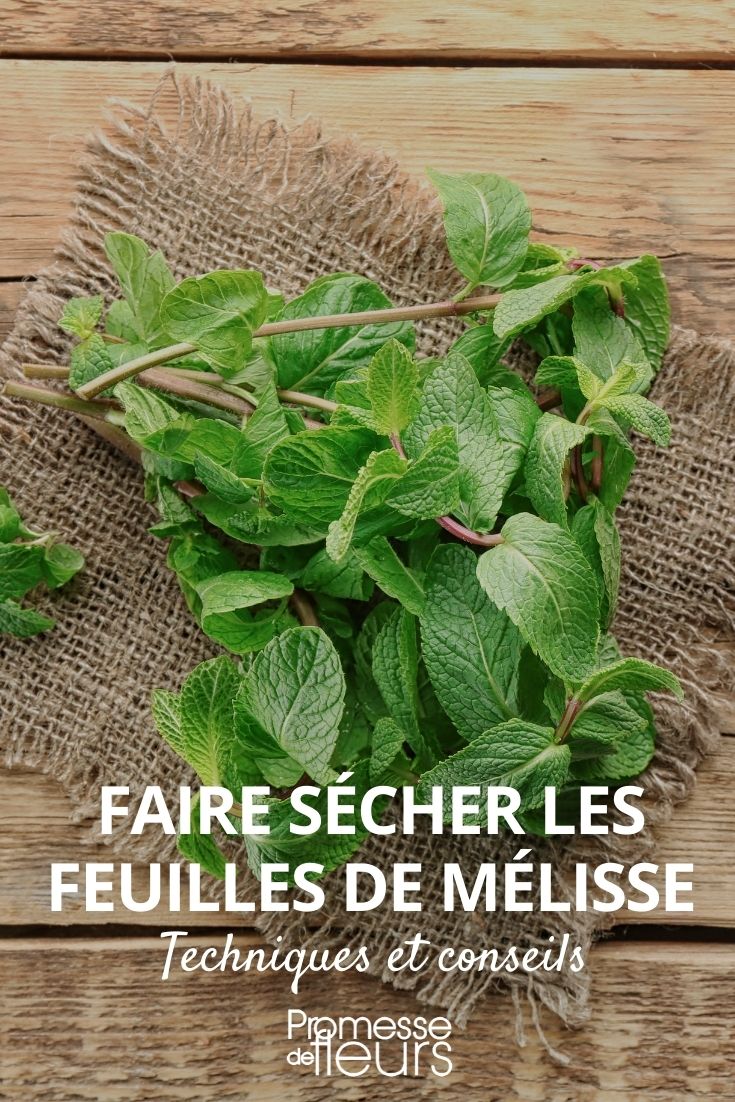






























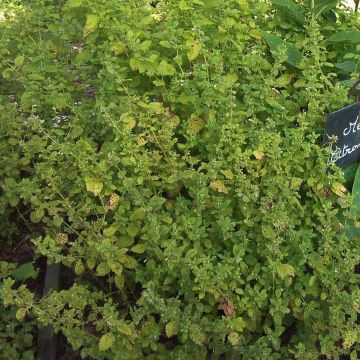
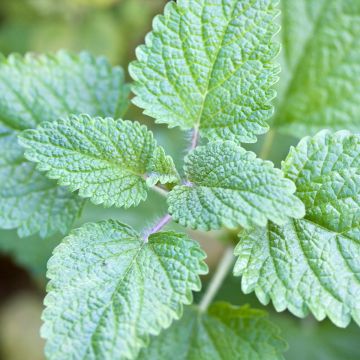
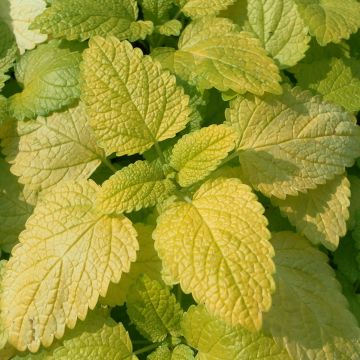
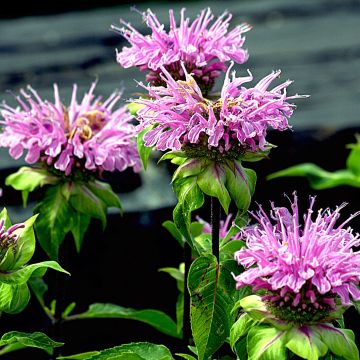
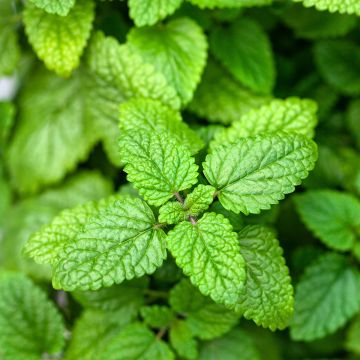
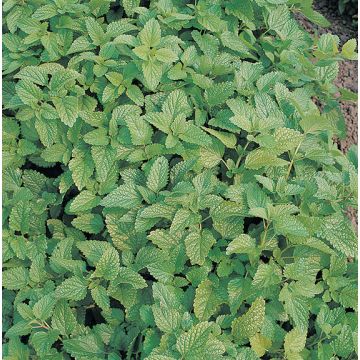
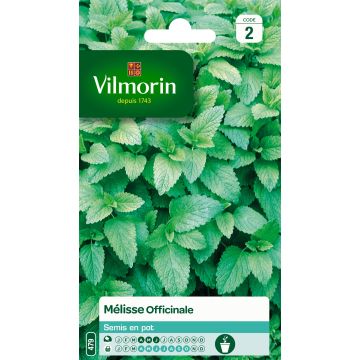
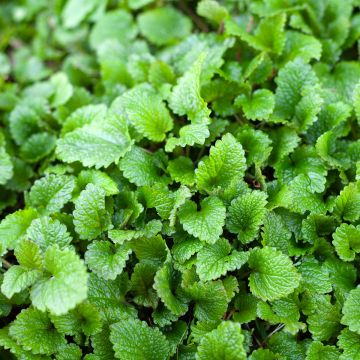
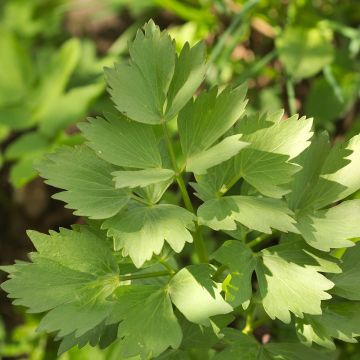
Comments